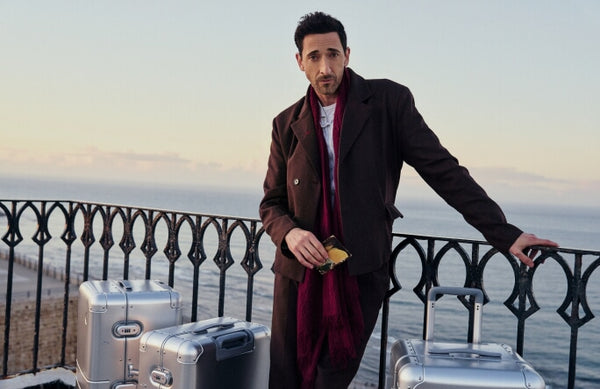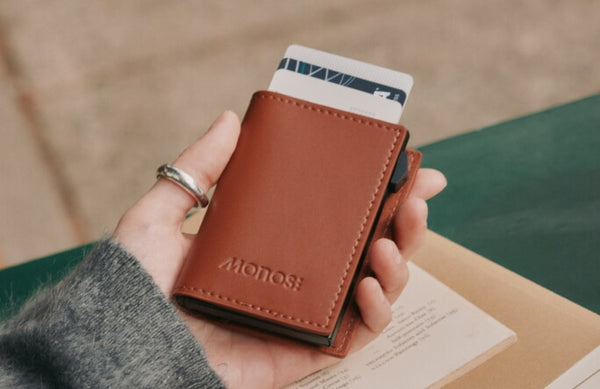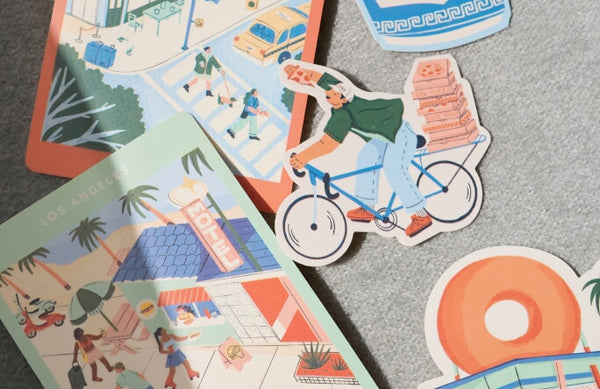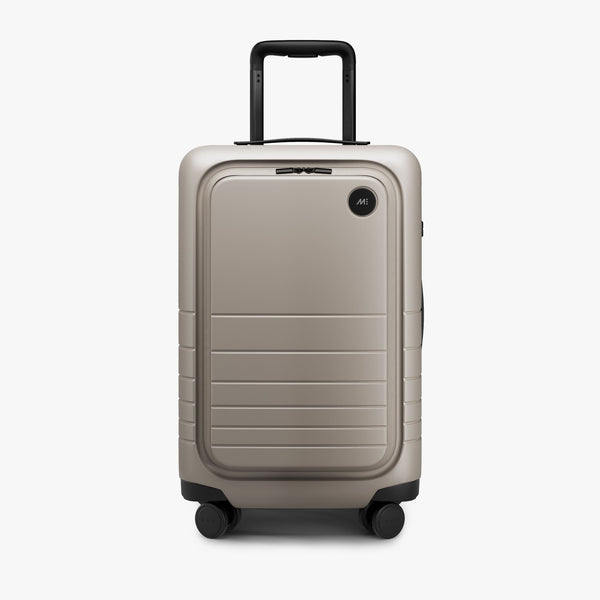
Have you ever been walking down the street and suddenly you’re transported somewhere else? By catching the scent of a memory, you didn’t know you had? I could be in London on a hot summer day and, in a moment, be taken back to Mỹ Tho, my family’s hometown in southern Vietnam. Though the United Kingdom and Vietnam are nothing alike, the distinguishing mix of warm air with a verdant green top note and a body of flowing river water reminds me of running around a starfruit tree during monsoon season, or sitting on the back of a Honda scooter in the swell of traffic. That’s because odour-evocative triggers are a genuine phenomenon backed by science.
Studying olfaction (the sense of smell) is a well-documented sensation in neuroscience. First to activate when we are born, its effect is directly linked to the deep recollection of our memories. Consider this: compared to the four kinds of light receptors in the human eye used to identify what you see, there are at least 1,000 different smell receptors in your nose that help determine, identify, and recall a complex variety of aromas. When we smell something, what we’re really capturing are chemical compounds and combinations in the air.

Every drifting scent that passes through our nose ends up at the olfactory bulb located next to the hippocampus deep within our brain. Recognized as the centre of creating new long-term memories, the hippocampus receives information from all of our senses. But because of its unique proximity, our sense of smell doesn’t have to travel far along our brain pathways to make it to the hippocampus. With little to no diverting relay of information – unlike sight, sound, taste, and touch receptors that are located elsewhere in our brain – it’s hypothesized that this is one of the major contributors to why autobiographical memories are so closely tied to smells from a particular experience. Even floral scents cause honeybees to recall navigational and visual memories.
When we travel, we impress on our memories whole new worlds and worlds of new experiences. We take photos to capture landscapes and try new foods to expand our tastebuds. We bring back little trinkets and clothes as souvenirs. And we listen to songs along the way that become soundtracks for those memories. Seldom do we capture the scent of a time and place. So rarely can we. But more and more, we are turning to scent as a way to commemorate our travels.

Argentinian landscape architect and perfumer, Nicolas Malleville, founded the Coqui Coqui Perfumeria in 2003. With residences and spas in the Yucatán Peninsula that display a naturalist romanticism, the property is matched with a unique scent from their own fragrance collection. Each one is a study of the botanical history of a particular landscape: the Yucatan Peninsula, the Îles de la Société, the Riviera dei Fiori, and the Sierras Pampeanas.
Local favourite, Haeckels, based in Margate along the southeastern coast of England develops regionally produced natural skincare and wild fragrances. Inspired by place and experience, you can take home a candle or personal parfum of Walpole Bay tidal pool’s nautical seaweed and salt water, Blean Woods’ thicket of birch and ferns, Richborough’s winding country path lined with elderberry and spearmint, or even the smell of the ground after rainfall in their Pluviophile candle.

To explore the concept more, Meik Wiking from the Happiness Research Institute in Copenhagen distills years of work into the bestselling The Art of Making Memories. In this meditation and practical handbook, Meik shows how we create memories that stay with us for years. Whatever the place, whatever the experience, it’s undeniable that scent plays a lush and prominent role in our memories. ■

















